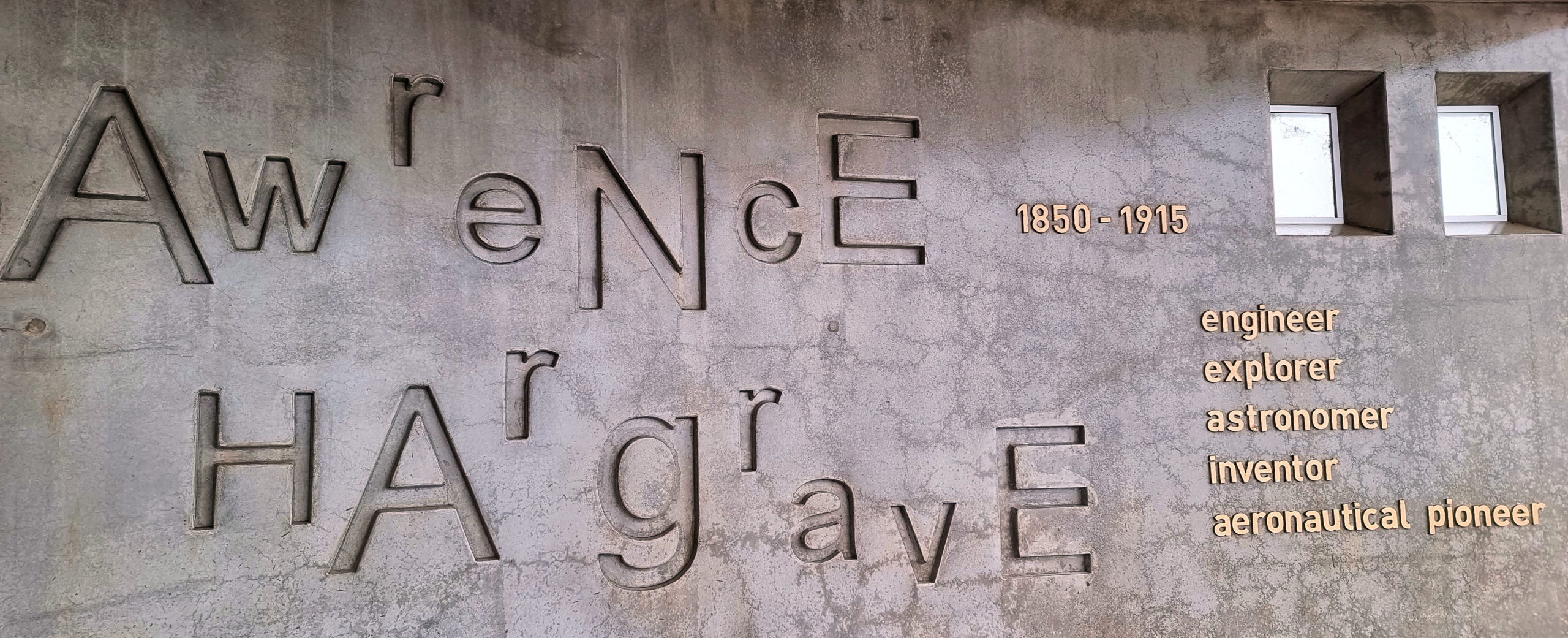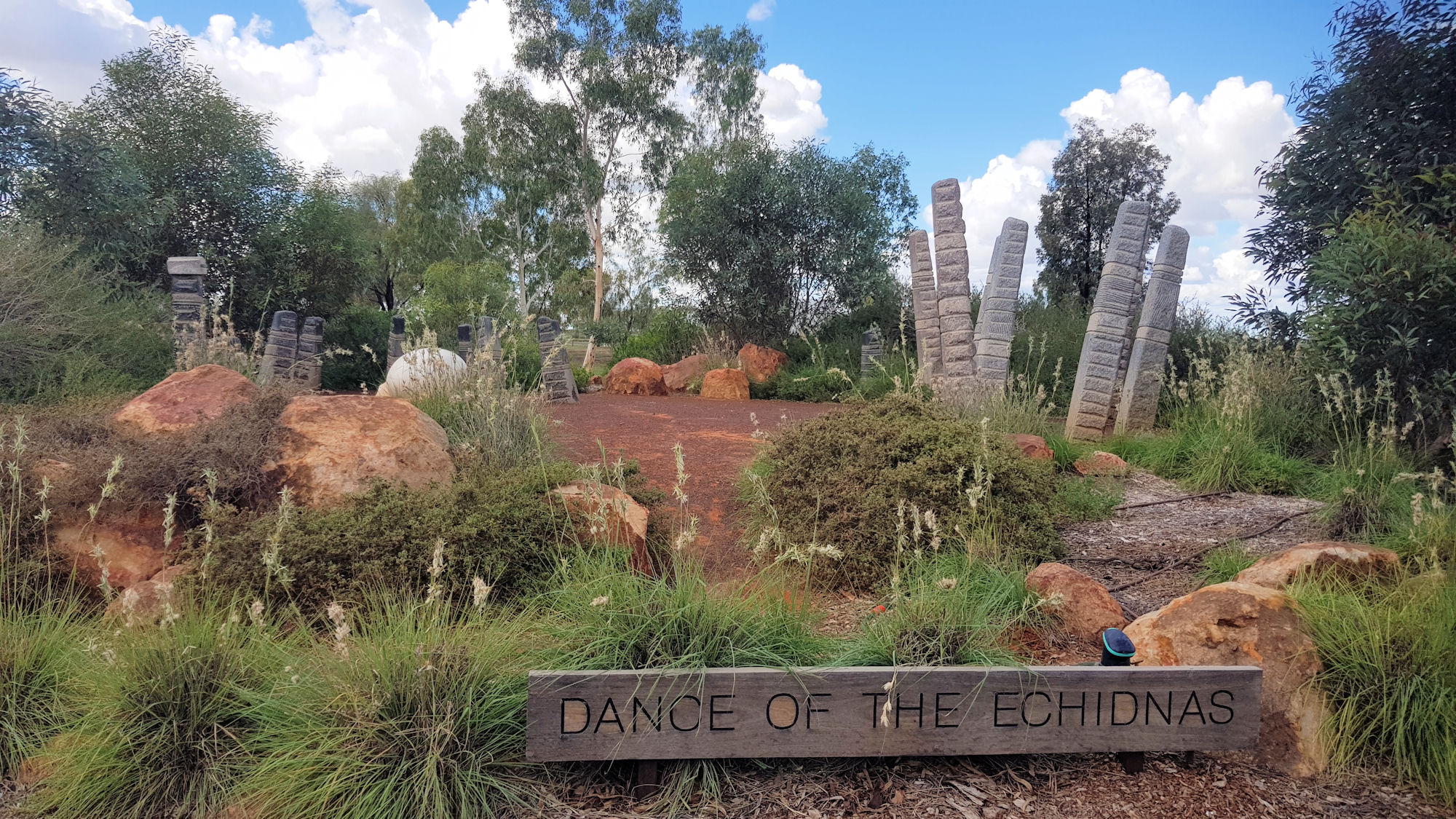Category: Famous Person Memorial
-
Lawrence Hargrave Memorial

Lawrence Hargrave Memorial Located at Bald Hill is a memorial to British-born Australian engineer, explorer, astronomer, inventor and aeronautical pioneer Lawrence Hargrave. Associated with Hargrave’s first attempt to fly, Bald Hill is the perfect place to remember his achievements, as well as providing fantastic views. On November 12, 1894, Hargrave linked four of his box-kites… Read more
-
Fantastic Bruny Island Tasmania

Bruny Island At 50kms long, Bruny Island has farms, food, forests, wildlife, beaches, and history, all within an easy drive. We spent two nights and two full days on the island and could have spent more because there’s so much to see and do. How to Get There Cape Queen Elizabeth Track The Neck Lookout… Read more
-
Bourke Gateway to the Australian Outback

Bourke Located in the Orana Region of western New South Wales, Bourke is the edge of the Outback. To many Australian, the saying Back O’ Bourke means in the middle of nowhere. Visitor Centre Our first stop was the Back O’ Bourke Tourist Information Centre, so that we could find out if there was anything… Read more